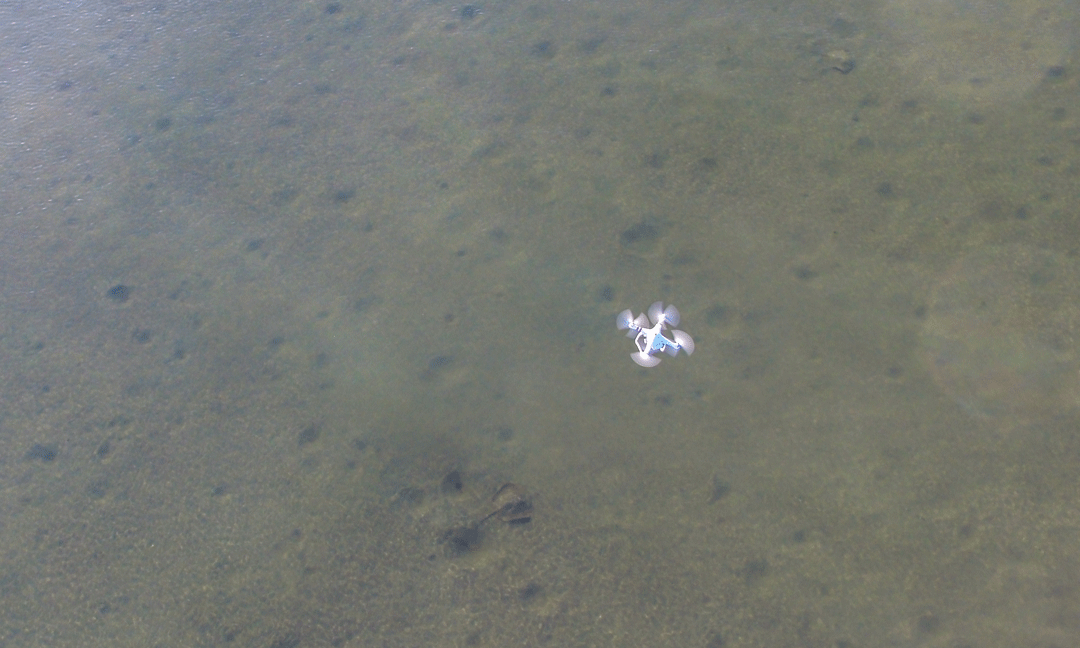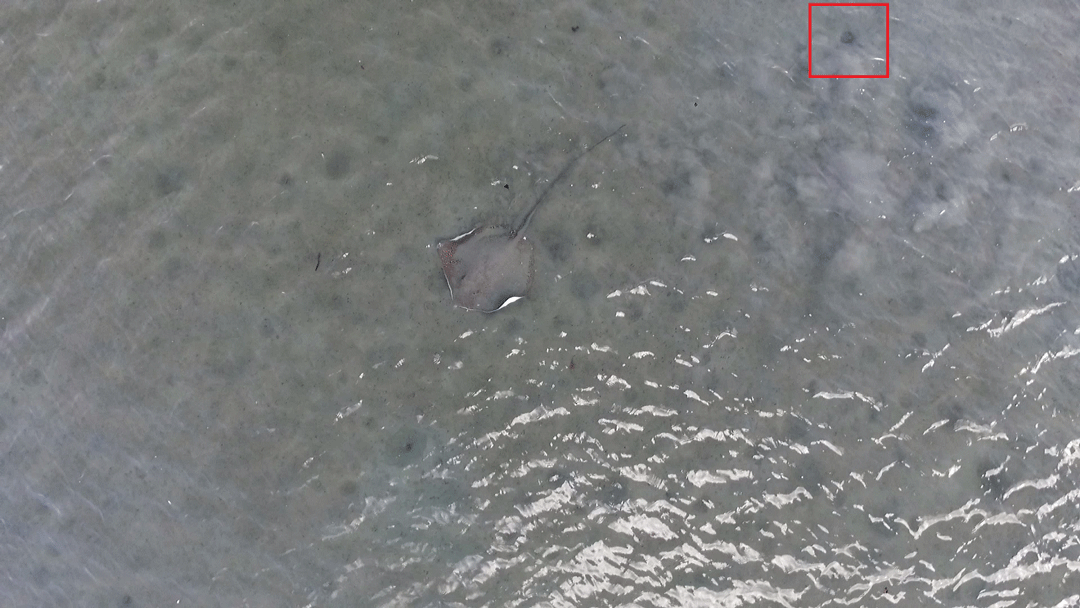Does Size Matter? – Unravelling the Relationship Between Ray Size and Feeding Pit Size
If you’re ever walking out on a sand or mudflat at low tide, I recommend you watch your step. If you don’t, you will likely end up tripping on a hole. I spend a lot of time walking on the sandflat at Lucinda, Queensland, Australia and I am constantly having to negotiate my way around the numerous holes pockmarked across the sandflat. These holes vary in size; Some are small, only the size of a coffee cup but the largest span over a meter in diameter. Viewed from the sky, it would be easy to mistake the sandflat for the surface of the moon. Unlike craters on the moon, however, these holes were made by stingrays.
Stingrays are benthic foragers. They glide over the sediment surface using electroreception to detect buried invertebrates. Once prey has been detected, it’s time to start digging. Stingrays have several strategies for extracting their prey from the sediment. They can use suction to vacuum invertebrates out of their burrows, they can jet water out of their mouths and gills to fluidize the sediment, or they can excavate prey using a combination of water jetting and pectoral fin flapping. Regardless of the method used, evidence of feeding is left on the sediment in the form of a feeding pit. It has generally been assumed that feeding pit size is directly related to the size of the stingray, however, this has never been tested.

Drone monitoring the foraging activity of an Australian whipray. Photo © Kevin Crook.
To determine if feeding pit size is directly related to the size of the feeding ray, I monitored stingray foraging activity using drones. From drone videos, I recorded the foraging duration, foraging behaviour, and species for each foraging event. Additionally, I took a screenshot of the focal ray and the feeding pit created so they could be measured. Ray sizes ranged from 25-84 cm in disc width and a total of 324 feeding pits were measured.

Screenshot of an 81cm disc width Australian whipray and a recently formed 20cm diameter feeding pit (red box). Photo © Kevin Crook.
So, does size matter?
Well, a little bit. If feeding time and behaviour were equal for two individuals, the larger ray would make the larger feeding pit. However, feeding times and behaviour were both highly variable within and among individuals which resulted in high variability in pit sizes. Overall, stingrays made more small feeding pits than large pits, regardless of ray size. Sixty-five percent of feeding pits were < 20cm in diameter whereas only 9% were > 40cm diameter. Pit sizes were most strongly influenced by foraging time and feeding behaviour, with minimal influence of size or species. Longer foraging times combined with excavation feeding created the largest feeding pits whereas shorter feeding times combined with suction feeding created the smallest pits. These results show that pit sizes are determined by a complex interaction between feeding time, feeding behaviour, and ray size and, as such, demographic information about stingray populations cannot be determined solely by looking at the size distribution of feeding pits.
